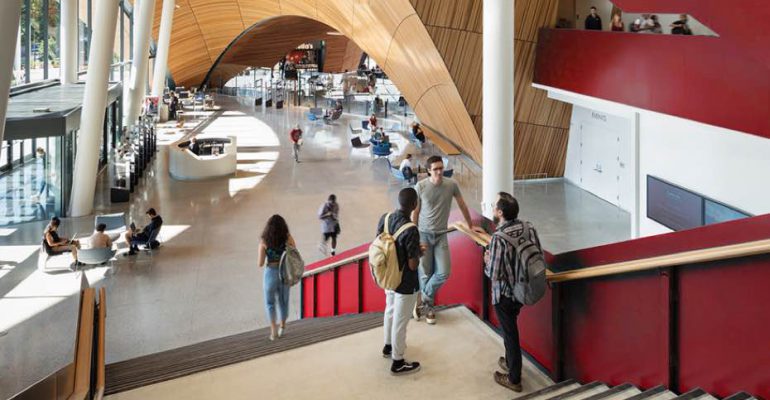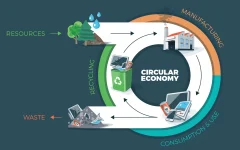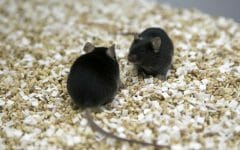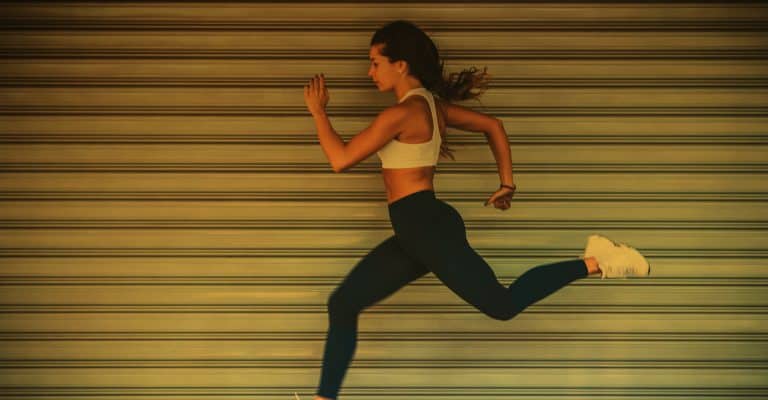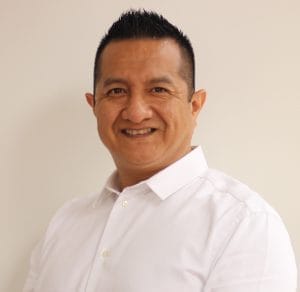Bioprinting: Finding life expectancy in technology
September 16, 2022 2023-09-18 21:16Bioprinting: Finding life expectancy in technology
In the United States, more than 106,000 people are waiting for a transplant and if we talk about available donor organs, the annual number is around 6,000, which leaves behind thousands of people who will not be able to receive the organ they need to keep watching.
Technology, faced with such an overwhelming reality, is looking for a way to take advantage of current advances in order to give hope to all those on the waiting list.
As reflected in the recent CNN article, When will we be able to 3D print organs, and who will be able to afford them? This long-awaited human miracle may be in about 10 years, thanks to the tireless work of doctors, professors, and scientists, who have dedicated their life to giving hope to humanity.
In the same CNN article, Jennifer Lewis, a professor at the Wyss Institute for Biologically Inspired Engineering at Harvard University, explained that “Organ bioprinting is the use of 3D-printing technologies to assemble multiple cell types, growth factors, and biomaterials in a layer-by-layer fashion to produce bioartificial organs that ideally imitate their natural counterparts.”
Source: https://www.researchgate.net/
If this is really a successful discovery, we are talking about doctors being able to print the organ they need without having to put the patient on a long waiting list to find a compatible donor. Indeed, a miracle of science.
Source: https://thebiologynotes.com/3d-bioprinting/
The organ printing process takes place in the following stages, explains Dr. Anthony Atala, known for leading the research team that successfully implanted the world’s first lab-grown bladder into a patient now living a normal and active life.
-
A sample of cells is taken from the patient, usually with a small biopsy.
-
Those cells grow in an incubator or bioreactor, called media, where they are fed every 24 hours.
-
Once the organ is ready, it is mixed with bioink, a printable mix of living cells, water-rich molecules called hydrogels, and the media and growth factors that help cells continue to proliferate and differentiate.
-
From there, doctors load each bioink, based on the number of cell types they want to print, into a printing chamber.
“The timing of this entire process depends on a number of factors, including the organ or tissue being printed, the fineness of the resolution, and the number of print heads required”, Lewis said. “But normally it lasts from a few to several hours. The time from biopsy to implantation is about four to six weeks,” Atala said in the article published by CNN.
In addition to the possibility of being able to obtain the organ that is needed, it is estimated that this procedure is much more affordable than a transplant from a donor, which means real hope for all those who are or have a relative, on the waiting list to save their lives for a donate organ.
If you are interested in reading more about this inspiring topic, which can undoubtedly change the lives of humanity, do not miss the following suggested readings:
3D bioprinting of tissues and organs.
Scientists grow bladder replacement in lab
How to print a better human: ISEs engineer better processes so 3-D bioprinting can fabricate organs and tissues.
THE BODY SHOP.
Role of Human Mesenchymal Stem Cells in Regenerative Therapy
British man given 3D printed eye in world first, hospital says
The future of bioprinting: A new frontier in regenerative healthcare
Advanced Polymers for Three-Dimensional (3D) Organ Bioprinting
How close are we to 3D printing organs for human transplants?
#3DStartup: TissueLabs on Using Bioprinting to Make Artificial Organs
8 Very Promising Bioprinting Projects
 |
Author : Vanessa D”angelo |


